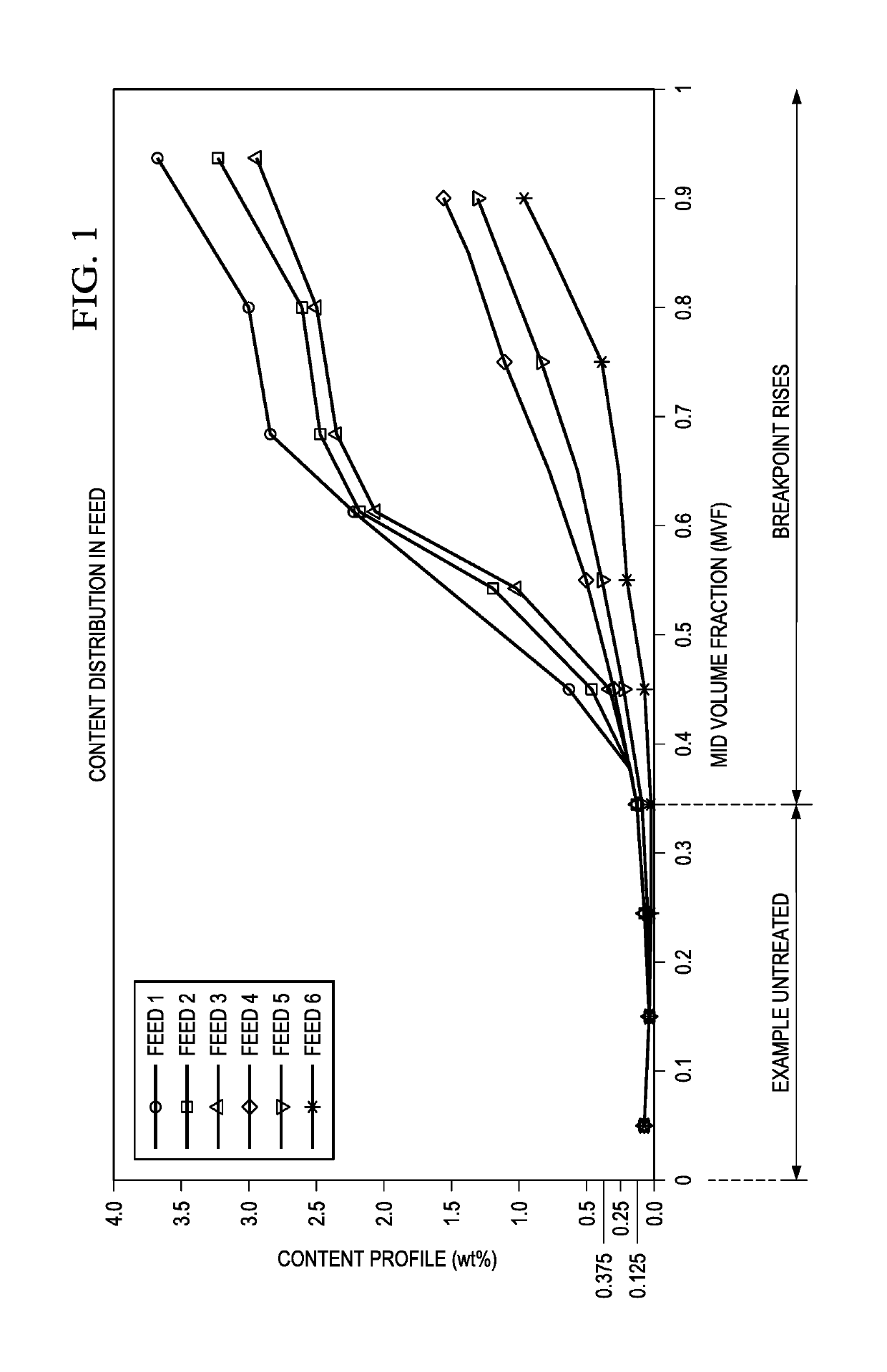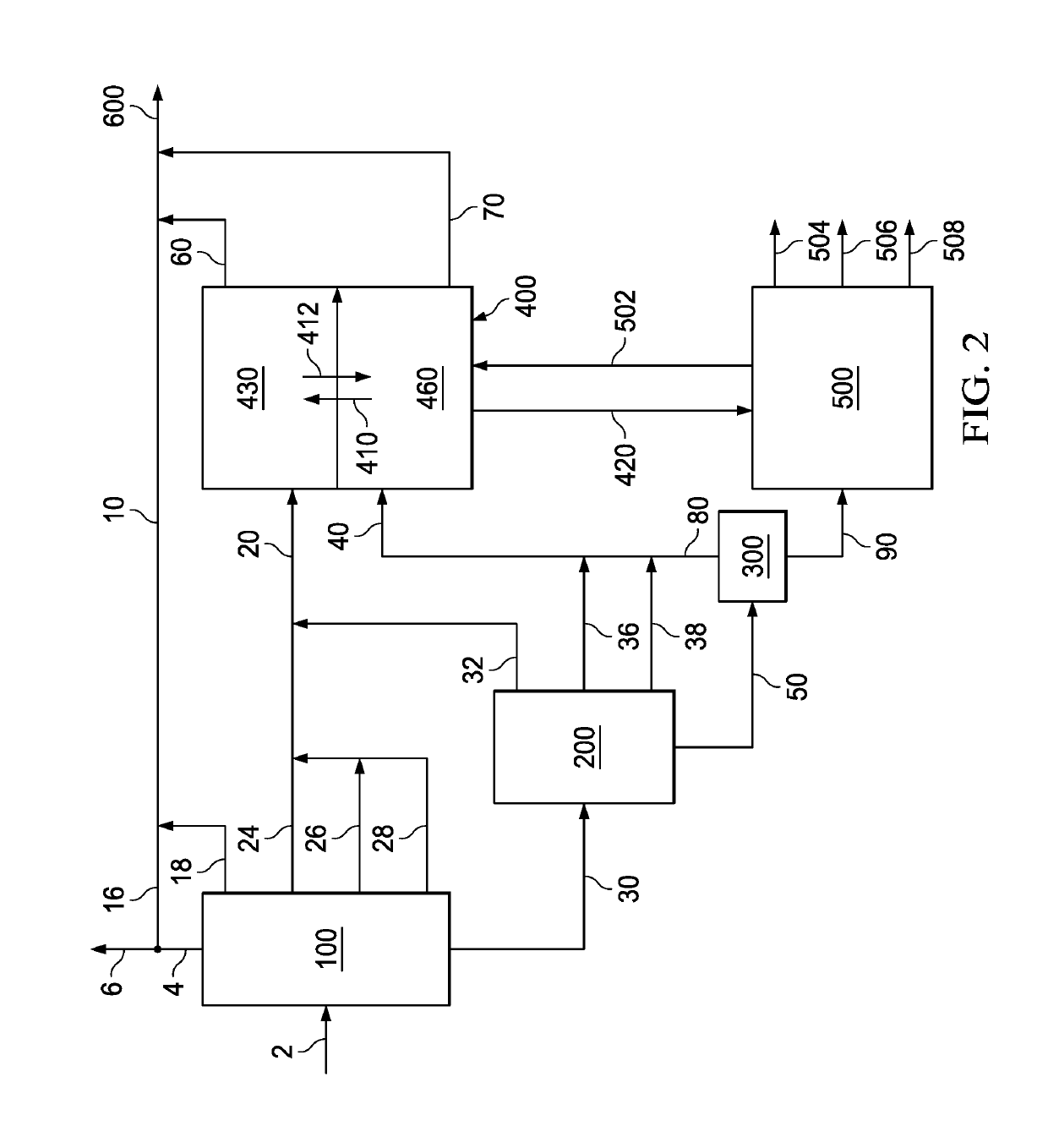Thus, even if transport by such large ships is efficient based on ‘
ton of freight per
mile’ and fuel consumed basis, the reality is such ships generate large emissions.
Thus there is real, significant likelihood of a problem with lack of supply availability of low sulfur marine fuels and lack of technology to achieve such supply.
. . but this is years away because
current technology would make that cost prohibitive for many shipping companies.
Such publication further states that “due to the extra costs and possible mechanical issues, these regulations are continuously reevaluated and phased approaches are used for implementation” since many marine engines are not designed to
handle low sulfur gas oil because it is so much thinner than heavy
fuel oil and it does not have the
lubrication properties of the heavy
fuel oil.
Drop of inside ECAs fuel sulfur from 1.00% m / m (for after 1 Jul. 2010) to 0.10% m / m for after 1 Jan. 2015 has created market supply and pricing challenges.
Also, other technical issues arise onboard.
The Coast Guard further cautioned that “there are many other important technical issues associated with the use of ultra low sulfur fuel oils and
fuel oil switching addressed in documents produced by class societies, insurers, engine manufacturers and industry associations” and that “the energy content of a given volume of ULS fuel oil may differ from residual fuel, such that existing
throttle settings may not give the desired
propeller shaft RPM or generator loads”.
A stark reality is that refineries are expensive, requiring significant capital investments even for what seem like relatively minor changes to fuel product or production apparatus or addition of unit operations.
Such reports suggested great challenges, such as higher costs or decreases in
refinery utilization or efficiency, when seeking to produce necessary quantities of suitable marine fuels in many countries, including in some instances, absence of local basic facilities near major ports to locally make and supply such marine fuels as well as the absence of technology and apparatus to so make such fuels.
A “re-blending option” (blending heavy fuel oils with low sulfur fuels) was viewed as the lowest cost option for producing low sulfur bunkers, yet such was not adequate as it would only treat the lowest quantity of material no major costs.
The option had relatively small costs associated to logistics for the re-blending of different categories of heavy fuels then currently produced by the European refineries but failed on quantities.
The estimated
incremental costs for marine bunkers incurred by this alternative were considered excessive burdens for reasons set forth in the reports.
Finally, the old era reports mention a third most expensive option for the production of low sulfur marine grade fuels by desulfurization of vacuum residue (VRDS).
The report concludes that “it is important to notice, however, that as opposed to the degree of desulfurization required for petrol or diesel, hydrotreating of the bottom of the
barrel (residue desulfurization) is not a process that refiners are currently considering to implement per se, that is if it is not coupled with some conversion of residue to lighter products.
Nonetheless, if VRDS was pursued for the sole objective of desulfurization of vacuum residue, the costs of this alternative” were be about double the second alternative, and therefore even more unacceptable.
To meet IMO requirements with prior art technologies, a ship operator can bunker both high
sulfur content fuel oil for use at sea and a low
sulfur content for use within an ECA; however, this choice can face issues with technology of the engines,
lubricity, and possible needs for different
fuel injection systems for optimum operations and
mechanics of switching fuels.
An operator can add
post combustion flue treatment apparatus which may be relatively large, expensive and complex to maintain at highest performance levels.
In some instances,
liquefied natural gas (LNG) can be considered for used as
marine fuel where, for example, some transportation carriers of LNG may elect to use ‘boil off gas’ for fuel, yet to extend this LNG engine concept to all cargo ships would require wide spread LNG refueling stations infrastructure which is very costly, with added costs for those ports in locations which do not have local
natural gas production supplies or
liquefaction facilities.
However, in all cases, LNG use in lieu of liquids carries with such use a real risk of
methane release during either bunking by venting while refueling or incomplete
combustion or otherwise during operations and maintenance.
Development activities that push for LNG or
natural gas to replace liquids as marine fuels as useful to consider but such do not provide any practical cost effective marine solution when there is a lack of worldwide gas infrastructure and new fueling infrastructure is needed, which gas distribution infrastructure is equipment and capital intense at ports in countries where local supplies of gas are not produced.
However, there has long been a gap in effective fuels production technology causing a supply shortage of large quantities of very low sulfur marine fuels at low cost.
In some undesirable practices of
topping and use of their products or their failure to properly address residuals, harmful emissions to the environment are increased, not decreased.
Any such new process should directionally support making liquid BTUs available cost effectively compared to ultralow sulfur diesel (ULSD) produced primarily for automotive and
truck use, which diesel available is widely available, but not used widely at sea by large marine transport carriers due to cost and
lubricity issues when ULSD is used in many existing marine diesel engines.
 Login to View More
Login to View More 

